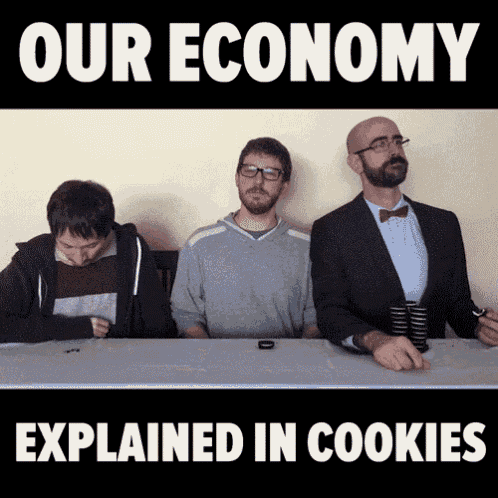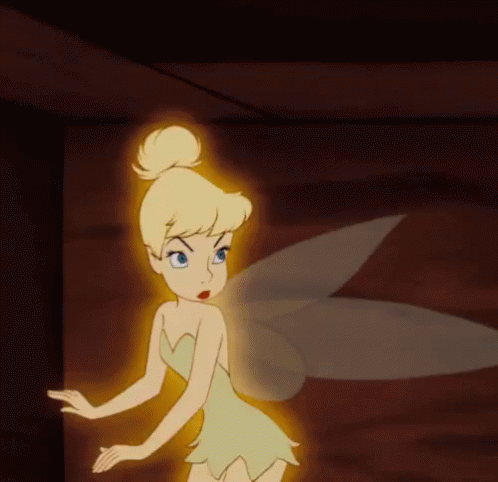Describe These Pictures


Story 1: Inflation
Anna's town printed extra money to make everyone richer. At first, people were happy. But soon, prices for food and clothes skyrocketed. Anna realized that the more money they had, the less it could buy. The town learned that printing money led to inflation, not wealth.
Story 2: Debt
Tom borrowed money to buy a new car. At first, he enjoyed his shiny ride. But soon, monthly payments and interest piled up. Tom struggled to pay off his debt and had to sell the car. He learned that borrowing too much can lead to financial trouble.
Vocabulary
Definition: To settle or repay money owed to others.
- Example: She worked hard to pay off her student loans.

Definition: To solve or reduce the problem of people not having jobs.
- Example: The government implemented new policies to fix the unemployment rate.

Definition: A general increase in prices and fall in the purchasing value of money.
- Example: Inflation has made everyday goods more expensive for consumers.

Definition: The system by which goods and services are produced, distributed, and consumed.
- Example: The global economy was affected by the financial crisis.

Definition: To decrease or become lower in amount or level.
- Example: Temperatures usually go down in the evening during autumn.

Definition: Something exists or works only because people believe in it.
- Example: The value of money relies on the Tinkerbell effect—it only has worth because we all agree it does.

Definition: Metals that are rare and valuable, such as gold and silver.
- Example: Many investors buy precious metals as a hedge against inflation.

Definition: Currency that a government has declared to be legal tender but is not backed by a physical commodity like gold or silver.
- Example: Most modern economies use fiat money for everyday transactions.

Reading
Have you ever wondered why countries can't just print more money to pay off their debts, help fix unemployment? It might seem like an easy solution, but it's not. The short answer is inflation.
What is inflation?
Inflation happens when there is a large increase in the amount of money in the economy. This makes the value of money go down, and prices go up. Imagine if everyone in the country suddenly got a lot of money. People would buy more things, but there wouldn't be more things to buy. So, prices would go up.
What is Money?
Money itself has no real value. It’s only valuable because we all agree it is. This is called the Tinkerbell effect. If everyone stopped believing in money, it would be worthless.
A Brief History of Money
Trade: In the past, people traded things like salt, spices, and precious metals, which had actual value.
Representative Money: Later, people used paper money that could be exchanged for a certain amount of gold or silver.
Fiat Money: Today, most countries use fiat money, which has value because the government says it does.
Why Not Print More Money?
If a country prints too much money, it leads to inflation. Here’s an example: If the government gives everyone a lot of money, people will want to buy more cars. But there are only so many cars available. So, the prices of cars go up.
Real-Life Examples
One of the worst examples of inflation happened in Zimbabwe in 2008. The government printed too much money, and prices doubled every day. People needed wheelbarrows full of money just to buy bread. Another example is Hungary in 1946, where prices doubled every 15 hours.
National Debt
National debt is complicated. It’s not just about owing money. For example, the United States has a high national debt, but most of it is actually owned by the government itself or by U.S. citizens.
Conclusion
Printing more money is not a solution to financial problems. It leads to inflation and makes money less valuable. Imagine if money grew on trees—it would be as valuable as leaves.
A: Inflation happens when there is a large increase in the amount of money in the economy, making the value of money go down and prices go up.
A: Printing more money leads to inflation, which makes money less valuable and causes prices to rise.
A: The Tinkerbell effect is when something, like money, has value only because people believe it does.
A: Zimbabwe experienced extreme inflation, where prices doubled every day and people needed wheelbarrows full of money to buy basic items like bread.
A: Most of the US national debt is owned by the government itself or by US citizens, and not just by foreign countries like China.
Discussion
A: Yes, I noticed that everyday items like groceries and fuel became more expensive, and it was harder to save money because prices kept rising.
A: Printing more money would decrease the value of my savings because prices would rise, meaning my money would buy less than before.
A: My friend had a lot of student debt, which made it difficult for them to pay rent and buy necessities. They had to budget very carefully and work extra hours to manage.
A: I once bought a new phone on credit and struggled to keep up with the monthly payments. I learned to save up for purchases instead of relying on credit.
A: A high national debt can lead to higher taxes and reduced public services, as the government needs to allocate funds to pay off the debt, which can slow down economic growth.
Opinionated Questions
A: No, returning to the gold standard would limit the flexibility of monetary policy and could lead to economic instability. Modern economies need the ability to adjust the money supply as needed.
A: Yes, citizens should be more educated because understanding these concepts helps them make informed decisions about personal finance and voting on economic policies.
A: I find it fascinating and somewhat alarming because it shows how fragile our financial systems are, relying entirely on collective trust and confidence in the value of money.





